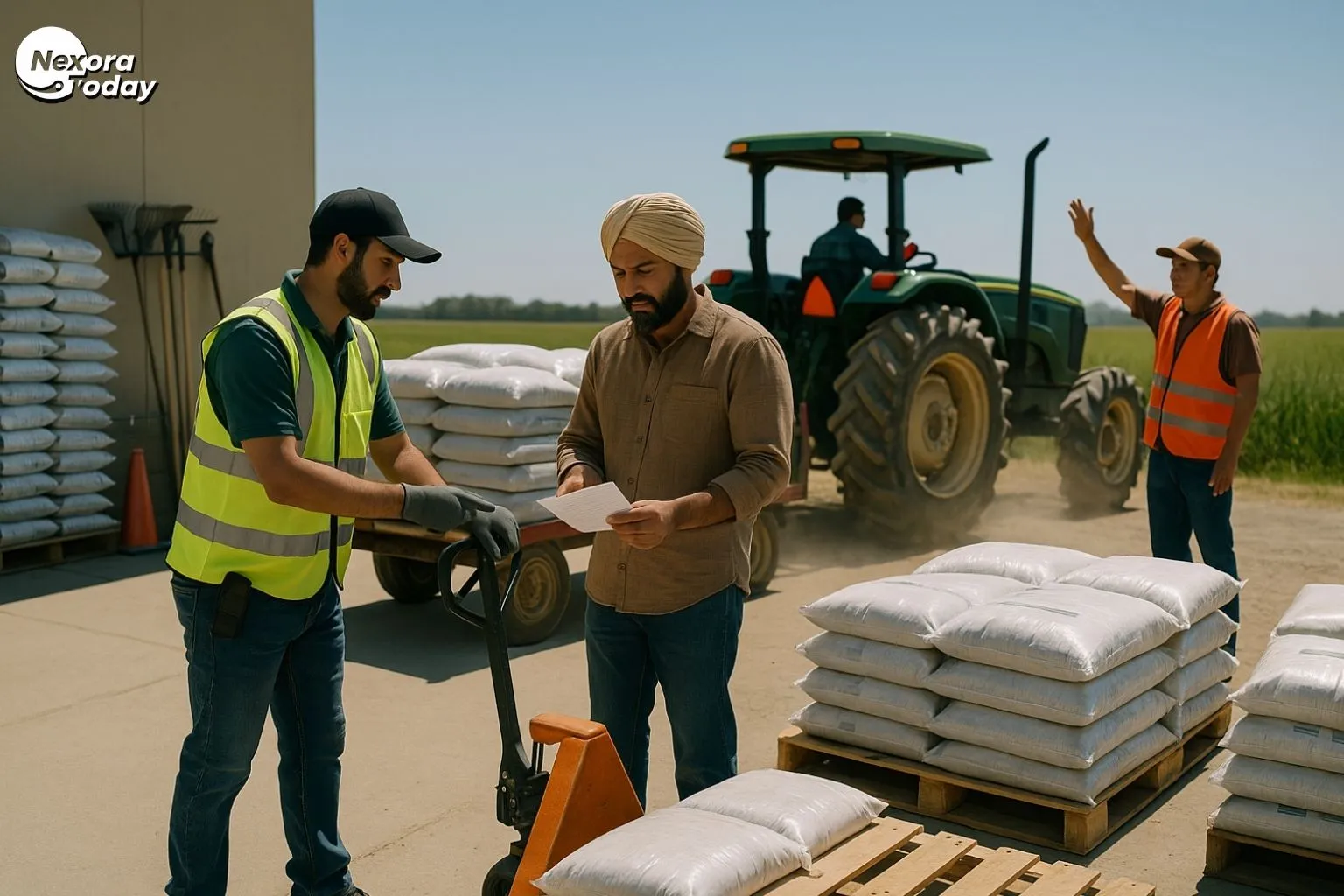Food waste at Chinatown street vendors has become the focus of debates about health, cultural awareness, and sustainable tourism. As Singapore actively promotes its renowned food scene, especially in busy areas like Chinatown, concerns have arisen about how food waste is managed and perceived. With the growing attention to food waste and environmental responsibility, residents and tourists alike need to understand the health implications and cultural expectations that come with their consumption habits. This guide delves into the complex practices, eating habits, and policies that shape how food waste is managed at Chinatown street vendors, highlighting the intersection of health, tradition, and modern sustainability initiatives.
Understanding Chinatown Hawker Centres
Singapore's Chinatown is a foodie haven, home to numerous famous food stalls and street food stalls. Here you can enjoy signature Singaporean dishes such as char kway teow, chicken rice, laksa, and satay, at affordable prices and featuring vibrant local flavors. These street food stalls are more than just restaurants; Chinatown is a social center where cultural culinary norms are deeply rooted.
Part of respecting this culture is understanding the unspoken rules about leaving food at Chinatown street stalls. For locals, it's not just about food, but also about tradition, community, and sustainability.
Leftover Food Etiquette in Chinatown
When eating at street stalls, especially in Chinatown, the etiquette of leaving food is both practical and cultural. In many Asian cultures, finishing one's plate is a sign of respect for the food and those who prepared it. Locals rarely leave food at Chinatown street stalls. Most Singaporeans try to leave all of their food, influenced by Singapore's food waste policy and deep-rooted local food traditions that value thrift and mindfulness.
For tourists, the story is different. Many are surprised by the portions, unfamiliar flavors, or different eating habits. As a result, they may leave a lot of leftover food. This contrast between tourists' eating habits and local customs often creates visible tensions and highlights the need for greater intercultural understanding.
Hawker Centre Customs and Cultural Dining Norms
To truly understand waste consumption at Chinatown street vendors, it is crucial to understand the practices of these centers. Seating is self-service, tables may be shared, and trays are expected to be returned. Diners are encouraged to remove their trays and dispose of leftover food properly. Locals are generally accustomed to these practices, but tourists may need guidance.
One of the most important cultural gastronomic practices is the idea that wasting food is disrespectful not only to the chef, but to the entire food ecosystem. This is even more evident in areas like Chinatown, where each dish is valued for its tradition and identity. Sharing food with family and friends also contributes to minimizing waste, as it is common to order a variety of dishes and enjoy them together.
Food Sharing Practices: A Local Solution
In Singapore's Chinatown hawker culture, sharing food is an essential solution to food waste. Locals often order multiple dishes per table, share everything, and finish every last one. This helps reduce food waste and fosters community bonding.
For tourists, sharing food in this way is fun and convenient. Instead of each person ordering a full plate, consider sharing a small portion. This not only enriches the dining experience but also fits with the Chinatown hawker philosophy, which prioritizes minimizing food waste.
Tourist Dining Behavior: Bridging the Cultural Gap
While the influx of tourists to Chinatown brings new vitality and global attention, it also creates new challenges, especially regarding leftover food at the neighborhood's food stalls. Many tourists are unaware of local customs and may unintentionally leave large amounts of food behind.
To bridge this gap, restaurants, tour guides, and signage can play a greater role in educating tourists about leftover etiquette. Simple tips such as "Share before ordering more" and "Finish what's left, it's tradition!" are helpful. Tourists' responsible eating behavior not only respects local customs but also contributes to Singapore's overall goal of reducing food waste.
Local Food Traditions vs. Modern Convenience
Modern conveniences may encourage overordering and takeout, but Chinatown's local food traditions still value gratitude for every bite. Older people often talk about times when food was scarce, underscoring the values of gratitude and mindfulness. This mentality has a major impact on the way Singaporeans consume leftovers at Chinatown hawker stalls, and on the care and awareness with which they do so.
These traditions are not set in stone. Young Singaporeans are adapting to the situation by promoting sustainability through social media and local campaigns. As a result, a growing movement has emerged among local residents and influencers to promote responsible eating at hawker stalls.
Singapore Food Waste Policy and Hawker Centres
Singapore's food waste policy has made significant progress in recent years. Government initiatives encourage businesses and individuals to reduce, redistribute, and recycle food waste. Street stalls have installed food waste digesters, promoted tray return stations, and conducted awareness campaigns on responsible consumption.
The consumption of leftovers at Chinatown hawker stalls is directly influenced by these policies. By aligning their individual behavior with national sustainability goals, Singaporeans are setting a standard for tourists to emulate. These initiatives are expected to lead to a reduction in overall food waste without diminishing the enjoyment of Chinatown's hawker culture.
Practical Tips for Visitors
For those new to Singapore and the Chinatown food scene, here are some practical tips for responsibly consuming leftovers at Chinatown hawker stalls.
Start Small – Order one or two dishes to share before committing to more.
Share Meals – Engage in food sharing practices to avoid waste.
Ask for Portions – Some stalls may offer smaller serving sizes if requested.
Respect Customs – Observe hawker centre customs like clearing your tray.
Be Mindful – Remember the local food traditions that value gratitude and no waste.
Conclusion
In the heart of Singapore's Chinatown, every dish tells a story. Whether you're a longtime resident or this is your first time visiting, understanding the cultural, ethical, and environmental aspects of eating leftovers at Chinatown hawker stalls can make all the difference in your dining experience. It's not just about eating; it's about respecting a tradition that goes back generations.
By aligning tourists' eating habits with hawker practices, observing leftover etiquette, and supporting Singapore's anti-food waste policy, we can all contribute to preserving Chinatown's rich hawker culture.





